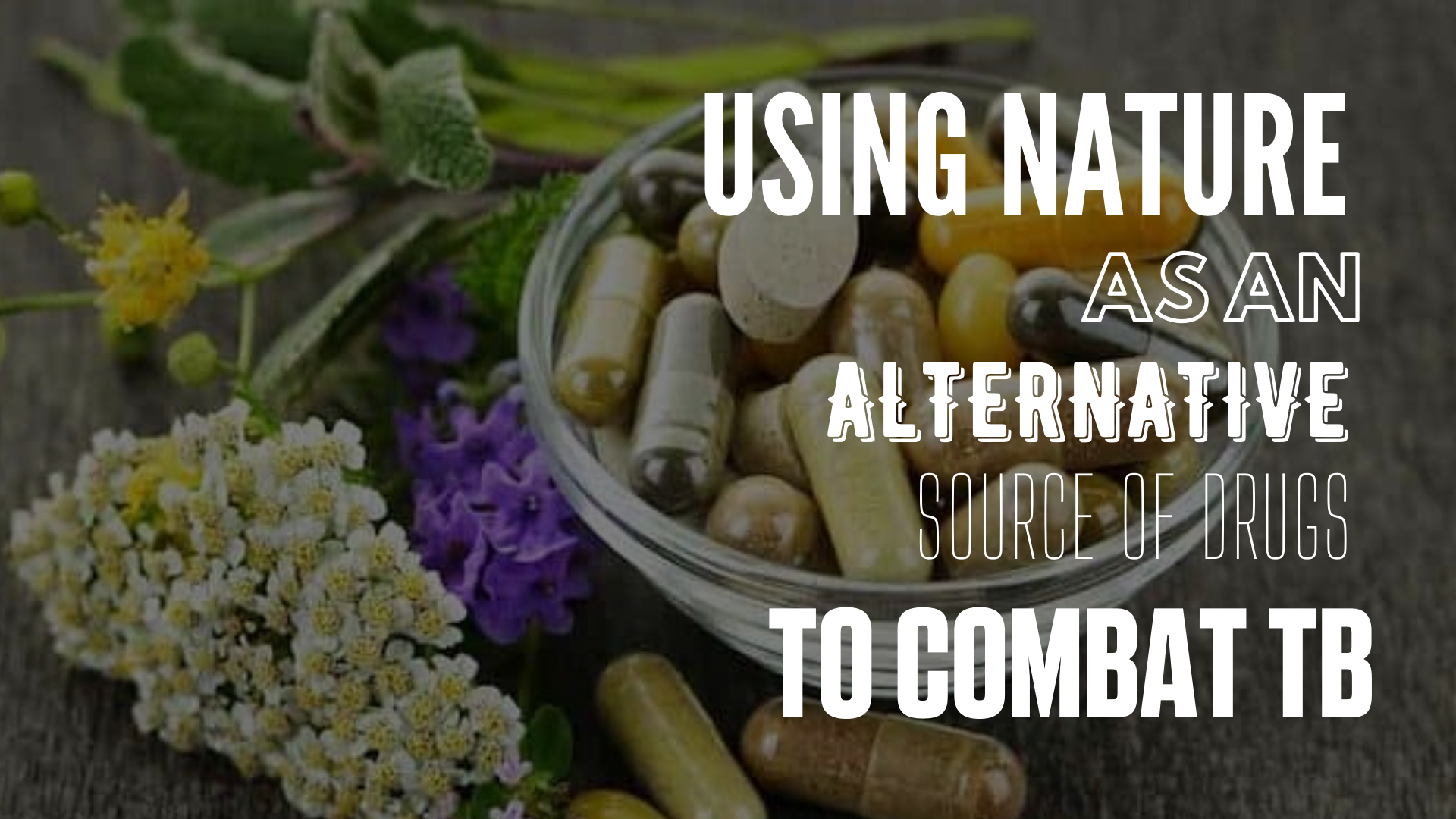[:en]Tuberculosis (TB) is a disease which can be spread through air and caused by Mycobacterium tuberculosis a disease-causing organism that can be acquired through inhaling particles in the air from, or close contact, with an infected person. These particles are mainly described as latent (does not cause disease and remains dormant) and progressing to active (diagnosed with TB) forms. The former, as such, causes a huge reservoir for the disease and so a third of the world’s population is at risk for developing the active form of the disease. TB thus remains a critical public health priority and represents one of the leading causes of death at a global level. The World Health Organization (WHO) ranks South Africa amongst the top 30 high TB-burdened countries with high incidence and mortality rates, thereby becoming the largest single contributor of death. This disease has been identified as the most prevalent in disadvantaged communities.
The public health sector relies on the National Strategic Plan (NSP) to manage the disease and eliminate risks on public health. This coincides with the “end TB” strategy of the WHO sustainable development goals which aim to globally eliminate the incidence of TB by 2030. However, the estimated rate in decline of both incidence and mortality is too slow and needs to be accelerated in order to reach the said goal. In addition, there remains major gaps in the treatment of TB. Contributing factors are the extreme resistance to the current drug treatments, side effects, duration as well as complexity. Therefore, novel potential candidate drugs from alternative sources are required to combat the abovementioned challenges.
Alternative sources of potential drug candidates
South Africa has a rich biodiversity of indigenous medicinal fynbos plants that have been used by traditional healers to treat or prevent a wide variety of diseases due to potent healing activities. Several plant species are used in traditional medicine to alleviate symptoms of TB. Plants possess key ingredients (bioactive substances) to produce these activities that are useful to human illnesses, and research has shown these to be of a wide medicinal spectrum such as anti-cancer, anti-inflammatory and anti-microbial properties, thus prompting research into the many unexplored plants as a viable source of promising and potential candidate drugs. It is also important to consider and follow the natural practices of the indigenous and ethnic groups when sourcing medicinal plants. If a medicinal plant piques the interest of a large audience, conservation of that plant may be at risk. Thus, in an effort to reduce over-harvesting of the plant, fungi that live within the plant and share a mutual intimate bond are also thought to produce the potent medicinal activities.
The study
The study aims to explore South African indigenous medicinal plants and associated fungi that share a mutual relationship from within the plant as alternative sources of potential drug candidates, or key ingredients, that can be used in the production of drugs against Mycobacterium tuberculosis. This area of research, to date, has not yet been fully explored as not much research has investigated medicinal plants and fungi as sources of producing key ingredients which have activities against Mycobacterium tuberculosis.
The medicinal plants sourced are indigenous to the Western Cape, and the key ingredients produced by both the plants and fungi will be screened and identified against Mycobacterium tuberculosis. In this regard, chemically designed particles which are tiny in nature and known as nanoparticles (NPs), will then be used in stabilizing the ingredient to penetrate the cells and target Mycobacterium tuberculosis. Furthermore, the NP that is joined to the key ingredient will enable the complex to reach the exact sites of TB infection acting as a delivery system. Silver metals are used as NPs thus increasing the chances of treatment against Mycobacterium tuberculosis. The NP will further be designed to specifically interact with the outer part of the Mycobacterium tuberculosis itself in addition to the interacting with the human cell that it is engulfed within. Furthermore, the combination of different plant key ingredients will be studied to determine treatment effects against Mycobacterium tuberculosis.
Contribution
Due to the biodiversity and unexplored area of fynbos, novel active key ingredients will be identified that will exhibit a wide spectrum of medicinal potential against Mycobacterium tuberculosis. This will lead to alternative sources of drug candidates or key ingredients which take the role of lead compounds in drugs that will be administered, and due to the proposed specificity and small size, will easily reach the sites of infection. In addition, the natural sources from plants and associated fungi will offer easy accessibility and more affordability in the greater scheme to combat resistance of this disease organism and counter the side effects of currently used drugs. Combination therapy may enhance overall treatment effects.
 Written by: Ms Raeesa Hussan
Written by: Ms Raeesa Hussan
Postgraduate level: PhD (Molecular Biology) at Stellenbosch University node of the DST/NRF Centre of Excellence for Biomedical Tuberculosis Research housed within MBHG
Ms Hussan is currently a PhD candidate within the Vuyo Mav Lab of the TB Drug Discovery Research Group at MBHG. Her research deals with investigating fungi isolated from fynbos rich in sesquiterpene lactones. Ms Hussan’s article won first place in the PhD category of the CBTBR Science Communication Awards.
[:]

